Last updated: June 3, 2024
Article
Elaine Marsh: Champion of the Cuyahoga River
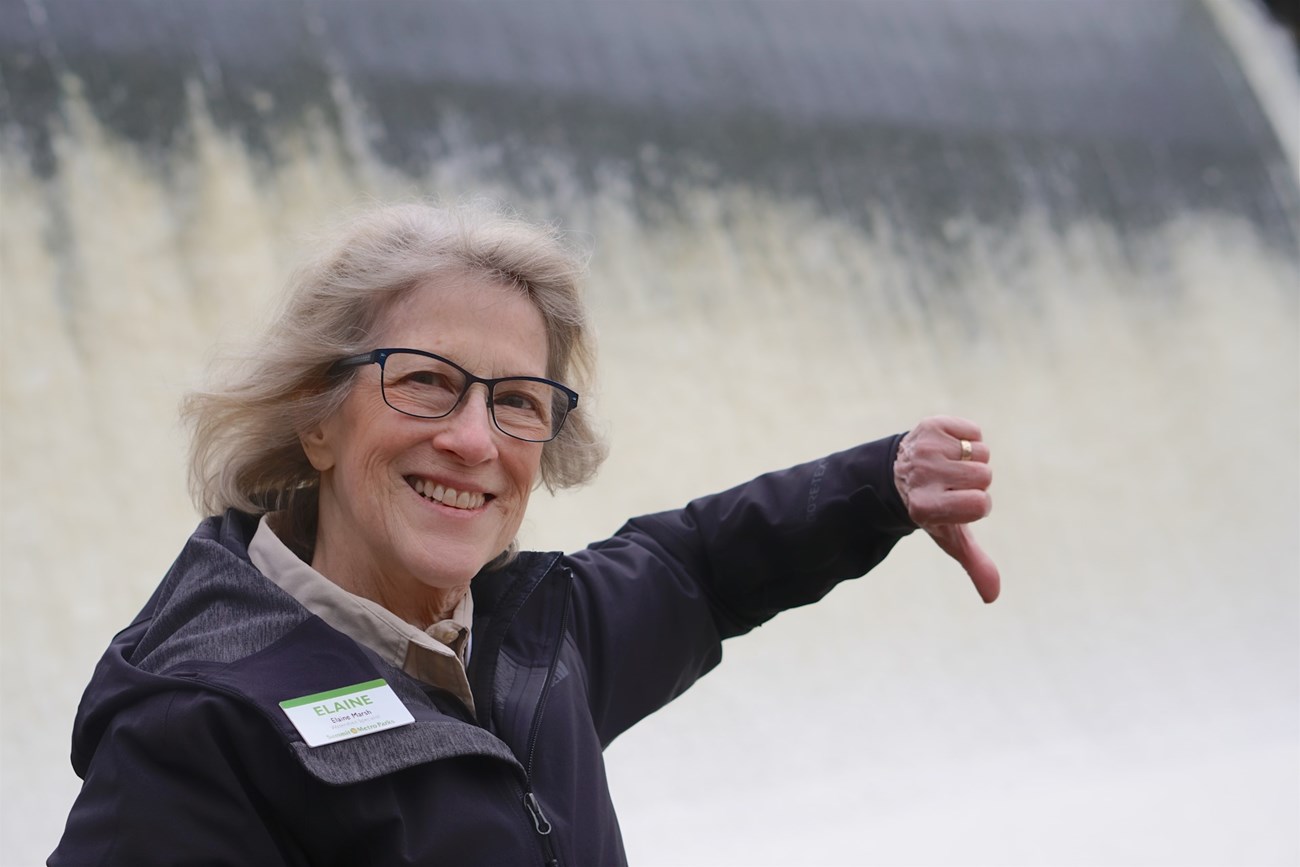
Courtesy Elaine Marsh
“As an activist, you’ve got to ride the waves. You’ve got to get the public energy behind you. When you’re on that wave, it’s wonderful.”
Elaine Marsh is a long-time Ohio environmental advocate, best known for her leadership in restoring the Cuyahoga River. Her interest in improving water quality and reducing waste began while she was a student at Kent State University in the late 1960s. Elaine has worked in multiple organizations, forging a career that spans from the 1970s to the 2020s.
The Cuyahoga River gained national attention when it caught fire in 1969. The event helped sparked the modern environmental movement and led to national legislation. In the wake of this, Elaine focused her skills as a grassroots organizer. She co-founded Friends of the Crooked River in the 1980s. Today, thanks to the work of many people, the Cuyahoga River is a National Heritage River and an Ohio water trail. Remarkable wildlife is returning. Elaine’s story shows how a concerned citizen can influence environmental change that has national significance. She has been honored by many local and state awards, including for Lifetime Achievement (2005) by the Ohio Environmental Council.
In 2022, Elaine Marsh recorded an oral history with Cuyahoga Valley National Park as part of a Women in Parks project. She provided follow-up details in 2024.
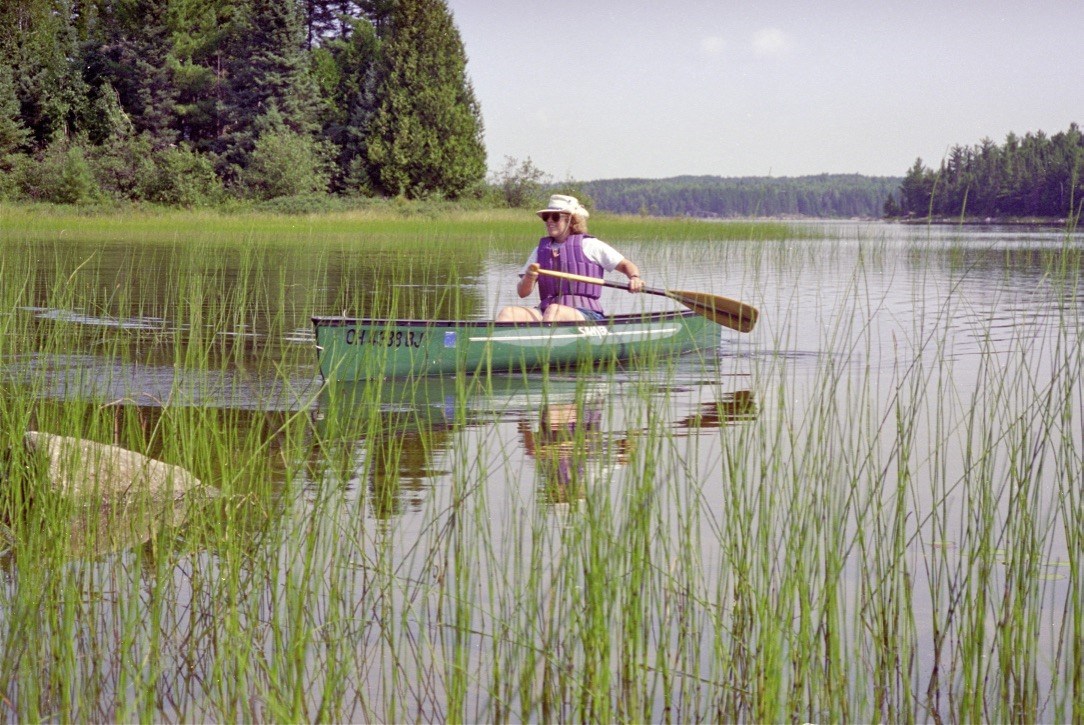
Courtesy Elaine Marsh
Finding Inspiration in Nature
Elaine Marsh was born in Cleveland in 1945. Her father Louis Monte was a mounted police officer and her mother Eleanor was a housewife. Her first childhood memories of nature were family walks to nearby Wade Park. Elaine recalled, “My favorite things were inch worms, caterpillars . . .” She had little understanding of natural processes. “I was a city kid and I thought that people planted trees. . . . I would think how wonderful of people to plant these beautiful trees.” She didn’t know that trees could plant themselves. Upon reflection, Elaine believes she came to that conclusion because of the industrial city’s detachment from nature. “At some point, I learned that the environment was responsible for people and not the other way around.”
Elaine’s perspective widened once she began joining her cousins on their frequent canoeing and camping trips. These recreational experiences of her youth instilled a passion for the natural world. The most life-changing trip was when she was 13 years old. Her aunt and uncle took her to what was to become the Boundary Waters Canoe Area Wilderness in northern Minnesota. “You could dip your cup over the boat and drink the cool, clear water from the lake.” She was incensed when she got home and compared that water quality to Lake Erie.
-
Early Memories of a Polluted River and Lake
Elaine Marsh reflects on the childhood experiences that shaped her life. She recalls early encounters with the Cuyahoga River and Lake Erie that led her to environmentalism.
- Credit / Author:
- NPS
- Date created:
- 03/12/2024
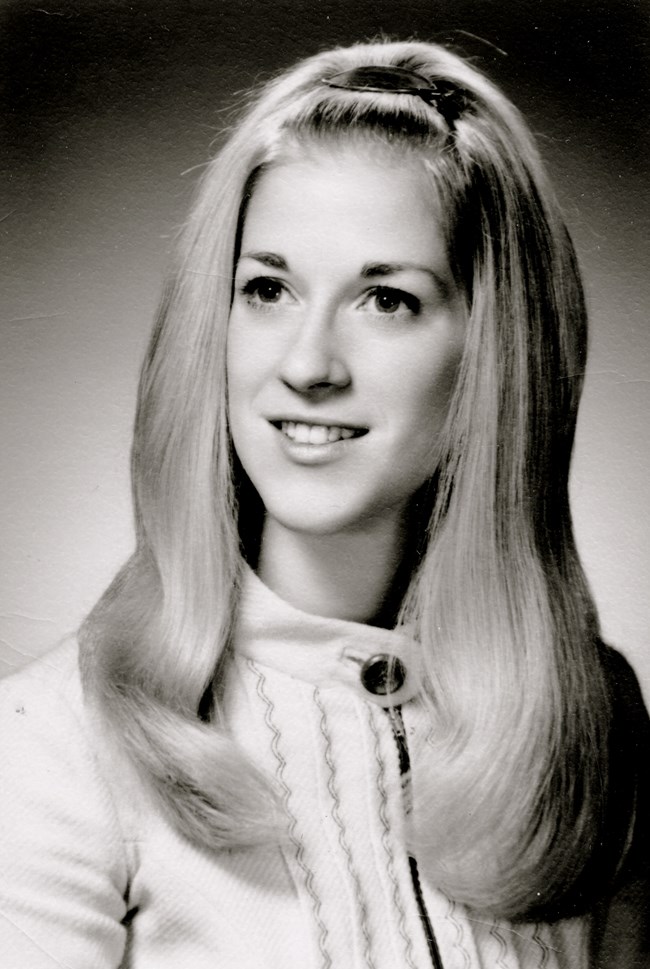
Courtesy Elaine Marsh
Becoming an Activist at Kent State University
“In the 60s, I went to college at Kent State and that’s when I learned about the environment. It was the beginning of the environmental movement.” Elaine studied English literature and philosophy, which helped her become an effective communicator. She was influenced by the ideas of Enlightenment thinker John Locke who believed in natural rights and the social contract between citizens and government.
In the 1960s, Elaine became involved in the environment while at Kent State University. After college, she became active in the Portage Trail Group of the Sierra Club which had many opportunities for outdoor recreation, as well as policy work. She said, “Things were so bad that activism was very confrontational at that time—because it had to be, because no one was listening. There were these huge interests that were fighting the whole idea. Arguing the economics of pollution. That was the hardest thing to overcome.”
Large coalitions formed around environmental issues. It was a time of people working together to push against the prevailing interests that resisted ecological improvement. For example, the Kent Environmental Council (KEC) worked together with the Sierra Club. Formed in the 1970s, the KEC was one of the first local environmental groups. They were very focused on Cuyahoga River and Great Lakes issues. Elaine knew KEC’s Edith Chase, a chemical engineer, from a project they did in the late 1960s. Elaine, Edith, and two other Cleveland women wrote a treatise on the necessity for strong regulation of the Great Lakes. Elaine noted that their report predated the 1972 Clean Water Act. She fondly remembered thinking, “There were these brilliant, educated women and I get to be with them!” Elaine recalled Edith’s philosophy: “Frustration or confrontation is the price of living in interesting times."
The Kent Environmental Council were also trailblazers in waste management. They established one of Ohio's first recycling centers. Once a month, Elaine would drop off a van-load of recyclables from the Portage Trail Group of the Sierra Club. She collected these after their meetings.
Elaine noted that Edith Chase commanded respect from all factions. Over the years, they worked on many environmental issues, especially those related to the Great Lakes. “Edith was a chemical engineer, and she had many civic roles in Kent. She was a zoning inspector. She was the policy woman,” Elaine recalled. Elaine specialized in public speaking and Edith specialized in the science. The two made a perfect activist pair.
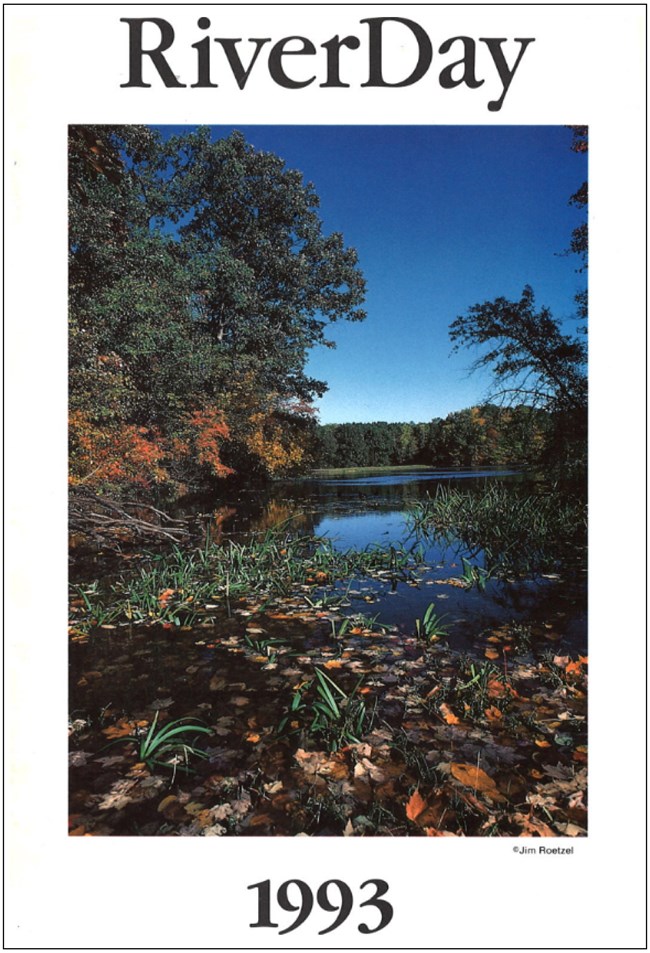
NPS
Starting Friends of the Crooked River and RiverDay
In the late 1980s the Cuyahoga River and Lake Erie were hot topics. The Ohio Environmental Protection Agency, on behalf of US EPA, created the Cuyahoga River Remedial Action Plan (RAP) as the local stakeholder group tasked with planning the cleanup of the Cuyahoga River Area of Concern (AOC). The RAP asked for public input.
In 1989, Peg Bobel was hired as the executive director of the park friends’ group, then called the Cuyahoga Valley Association. Peg called together other community activists to lend their voices. Elaine was part of those first meetings and continues to be active in the RAP process today. She remembered being inspired by a 1990 Akron Beacon Journal article. In an interview with reporter Bob Downing, new park superintendent John Debo remarked that “the river had no constituency.” Elaine contacted John the next day to say that people did care about the Cuyahoga. Friends of the Crooked River became a non-profit in 1990.
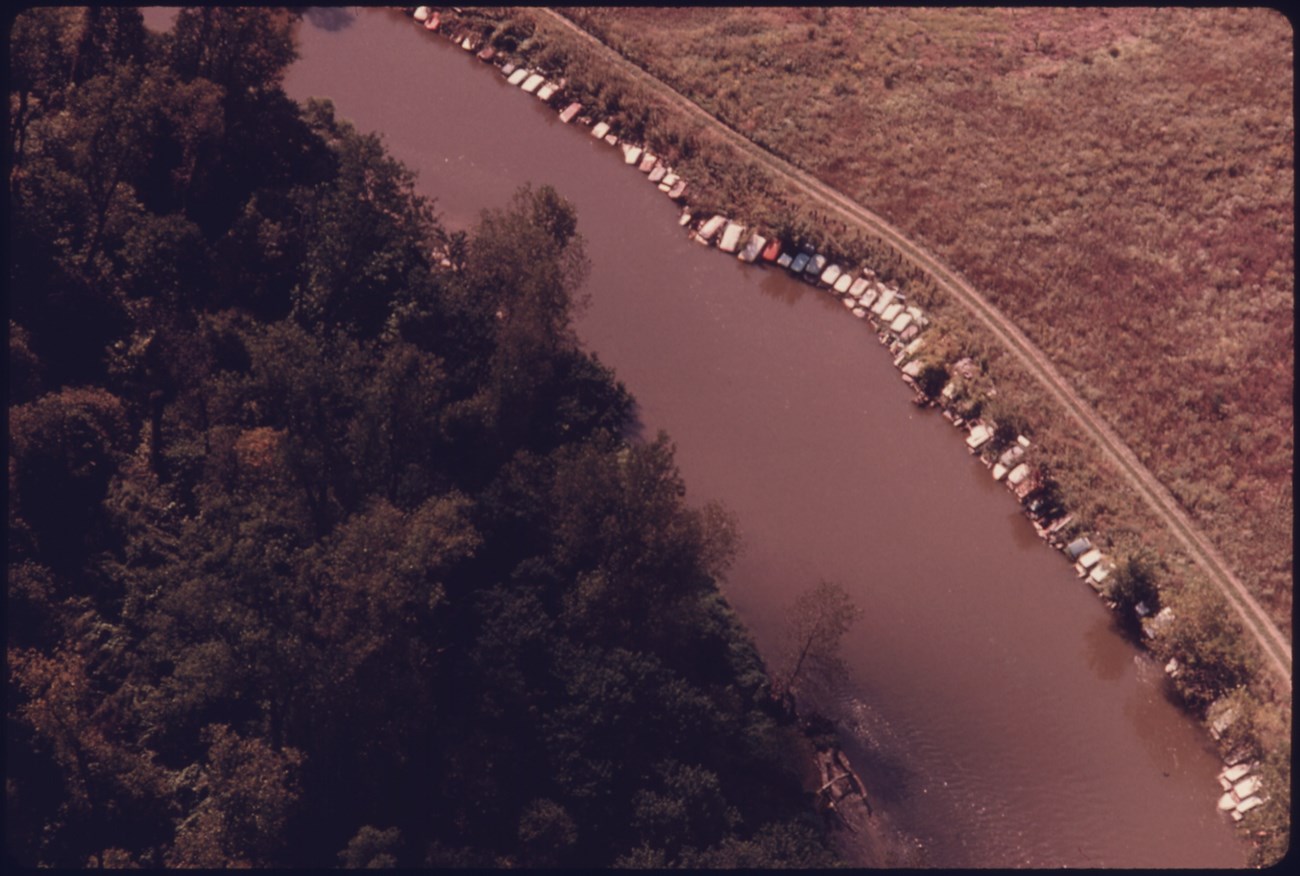
National Archives/Environmental Protection Agency, 1944-2006
In 1991, Friends of the Crooked River held the first RiverDay. Elaine remembered it vividly. There were more than 20 events along the waterway. The main one was a trash cleanup within the national park. It was inspired by a desire to remove the cars lining the riverbank near Jaite. More than 200 volunteers showed up on a cold, rainy day in late April. The scenic railroad shuttled people and trash between sites. After the cleanup, over 200 nearly hypothermic volunteers were treated to hot dogs and cold punch in 30-degree temperatures at Canal Visitor Center. Later, there was a river-themed folk concert at what is now Happy Days Lodge. It was “packed to overflowing mainly with volunteers” who had gotten in free for their day of service. Elaine prepared a slide show about the river which played in the background. That day, they estimated that the national park removed about 113 cars with heavy equipment and returned several months later to take out another 30.
Elaine recalled, “RiverDay was a great success. We continued to do it for 27 years.” About 2,000-4,000 people participated each year. Afterwards, Cuyahoga River Restoration ran RiverDay for several years and then it returned to Friends of the Crooked River.
-
RiverDay’s Origin Story
Elaine Marsh described the first RiverDay, an annual celebration that began in 1991. Partners held more than 20 events. The biggest was a massive cleanup and a folk concert within the national park, supported by Superintendent John Debo.
- Credit / Author:
- NPS
- Date created:
- 03/12/2024
Ohio Greenways
In 1996, Elaine was hired as Project Director of Ohio Greenways in order to build state support for trails and river corridors. She was active in it from 1996–2007. Her role included educating local communities and the state agencies about the benefits of trails and the need for greater state involvment. The project was managed by Ohio Parks and Recreation Association and worked with many other organizations to advocate for funding and policy. When Governor Bob Taft was in office, this partnership worked with him to support and help implement his “Clean Ohio Fund.” Elaine considered Ohio Greenways her biggest accomplishment. “This is the work I’m most proud of in my life. It was the peak of the wave. It was working with a large coalition of people to successfully complete a big goal.”
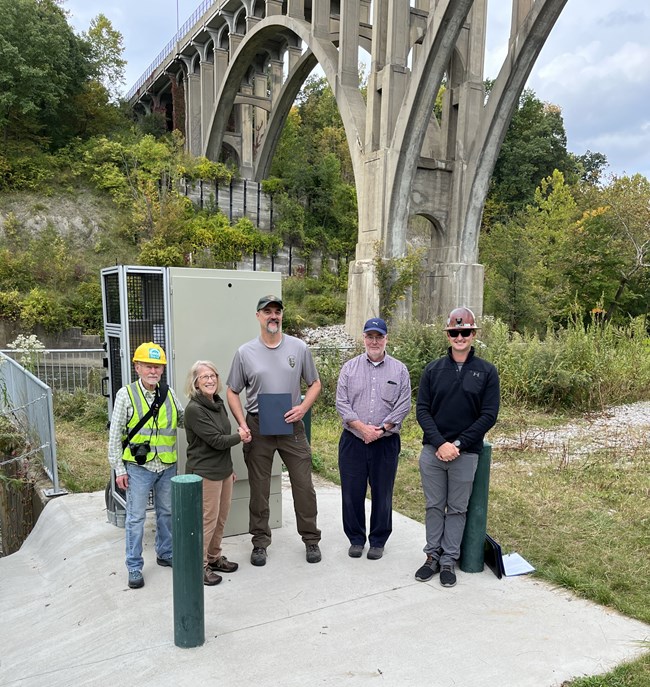
NPS / Bob Trinnes
Removing Dams
Since 1996 many partners, led by Ohio EPA, have collaborated to remove dams on the Cuyahoga. A 2001 report demonstrated that these barriers were a key factor in restoring water quality in the river's middle section. Between 2005 and 2020, five dams have come down. Elaine and Friends of the Crooked River advocated for each one.
Within Cuyahoga Valley, it took nearly 20 years to remove the Brecksville Diversion Dam in the Station Road Bridge area. This was just upstream of the wooden Pinery Feeder Dam that once supplied river water to the Ohio & Erie Canal. The American Steel and Wire Company built the concrete structure in 1951-52 to transport water via canal to their factory 13 miles downstream. Beginning in 2007, Ohio EPA led the complex dam-removal process. Friends of the Crooked River was an active member in the group and acted as the fiduciary for multiple grants. Elaine served as their project manager. When the dam came down in 2020, the lower half of the Cuyahoga River became free-flowing again after almost 200 years.
Now, Elaine is involved in a massive river renewal project that once seemed unattainable. As the watershed specialist for Summit Metro Parks, she has a significant role in Free the Falls. This large coalition of community partners works together to remove the defunct Gorge Dam, located within Gorge Metro Park in Cuyahoga Falls. The project is nationally important. The most challenging part is cleaning up nearly 875,000 cubic yards of contaminated sediment within the dam pool. Elaine said, “With money committed, we are at the morning of a new day that will see this useless hunk of concrete and its contaminated dam sediment removed as an obstacle to the Cuyahoga’s restoration. It is the sixth and most significant chapter of the watershed-wide effort ... It is a triumphant success story for the river and the people who protect it."
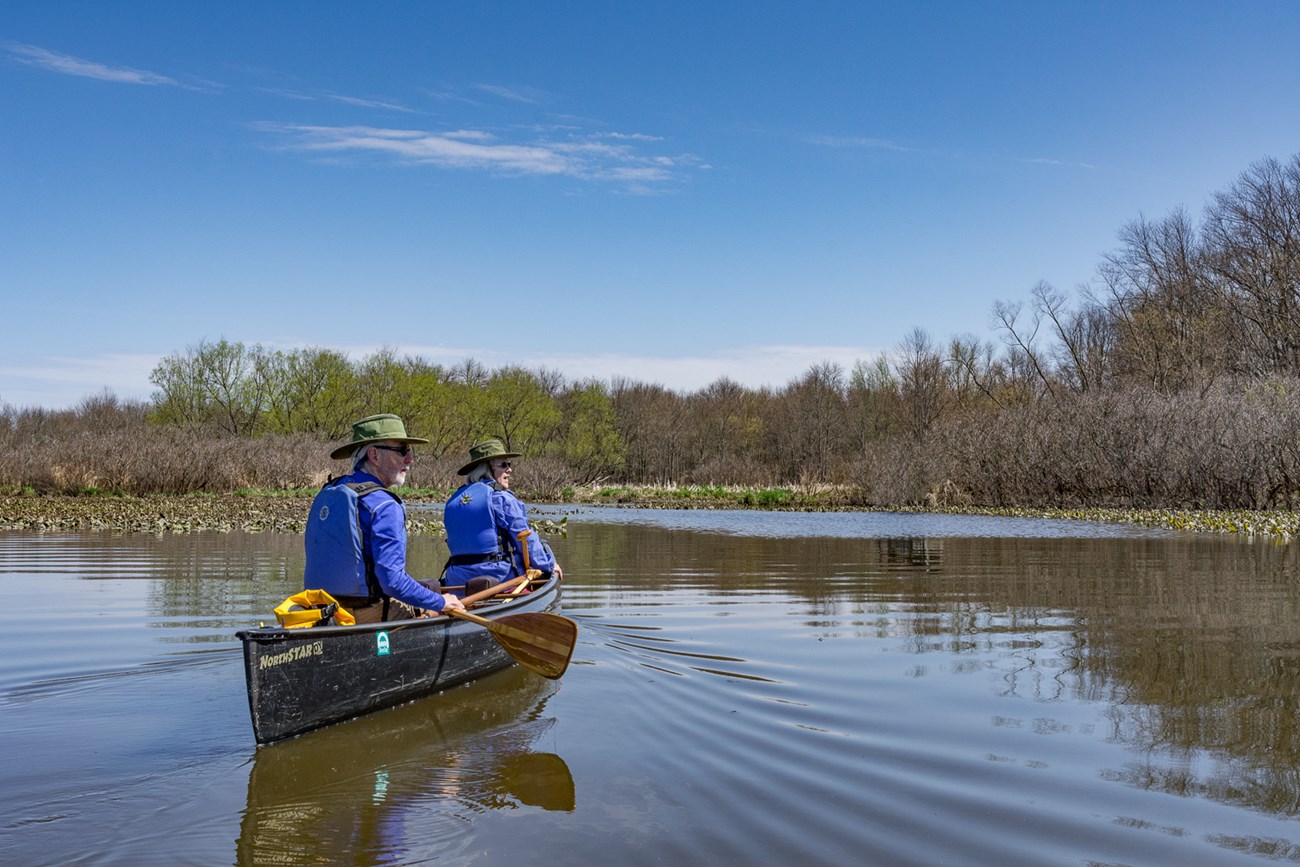
© Ian Adams
Learn More
Elaine has been active with Friends of the Crooked River for more than 30 years. They regularly offer outings along the Cuyahoga and share information about river-related public planning meetings.
Visit the areas where dams have been removed along the Cuyahoga, thanks in part to Elaine’s advocacy. See the remains of the old Kent Dam at Franklin Mills Riveredge Park. The former Munroe Falls dam site is by the river observation areas at Brust Park, along the Bike & Hike Trail. In downtown Cuyahoga Falls, the Vaughn (Sheraton Mill) Dam was by the hotel and the Walsh/Staybolt Dam was by the old Powerhouse, now a restaurant. Within the national park , the Brecksville Diversion Dam was near Station Road Bridge Trailhead. The largest of these projects is the multi-year Gorge Dam removal in George Metro Park, currently underway.
Elaine is an avid paddler. If you want to kayak or canoe, explore the Cuyahoga River Water Trail website to plan a trip that matches your skill level. Be aware of the hazards. Cuyahoga Valley provides additional advice on paddling the river within the national park.
The Edith Chase Symposium is an annual public lecture and poetry reading at Kent State University. Each spring, it explores an important issue in earth and water sciences. Launched in 2015, the series honors Elaine’s partner in the Kent Environmental Council.
How will you use your voice?
Tags
- cuyahoga valley national park
- ohio
- midwest
- great lakes
- lake erie
- cuyahoga river
- river renewal
- river restoration
- water quality
- clean water
- dams
- dam removal
- environmental movement
- women
- womens history
- women's history
- women and the environment
- oral history
- grassroots activism
- collaborative conservation
- landscape stewardship
- conservation partnerships
- volunteers
- jaite
- riverday
